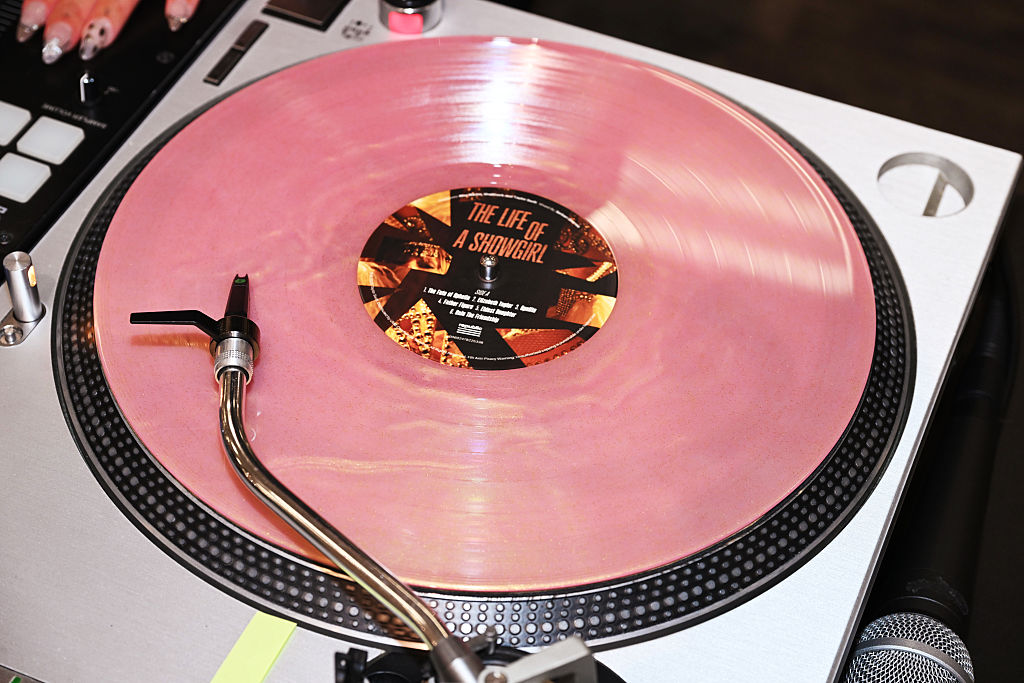Before venturing to the North Park Theatre in Buffalo to catch a one-night-only showing of Blues Run the Game: The Strange Tale of Jackson C. Frank, the new documentary about the Queen City’s doomed native-son folksinger, I shared Frank’s most famous number, “Blues Run the Game,” with our friend Pat.
“That could be the saddest song I’ve ever heard,” she said. Yet Frank wrote it during his very brief wine, women and musical heyday. One shudders to imagine what he composed as an obese, one-eyed, homeless paranoid-schizophrenic.
Frank’s western New York contemporary, the novelist John Gardner, said that “art begins in a wound, an imperfection, and is an attempt either to learn to live with the wound or to heal it. It is the pain of the wound which impels the artist to do his work.” Frank suffered his impelling – but immedicable – wound in sixth grade. On March 31, 1954, a furnace exploded in Cleveland Hill Elementary School in the working-class suburb of Cheektowaga. Fifteen children were killed and as many others were badly burned in one of the deadliest American school fires of the 20th century.
Within a year of the album’s release, Frank was in a mental hospital. His descent into the maelstrom was rapid
A young Frank was among the survivors, but he never really recovered. Burns seared and scarred more than half his body. The pain was excruciating; for the rest of his life he would hobble with a pronounced limp. But he learned to play guitar and his wound suppurated melancholy lyrics. Upon reaching adulthood, Jackson received his insurance settlement and took a boat to England, where he proceeded to blow a good chunk of that windfall buying Bentleys, Jaguars, Aston Martins and every guitar he could get his gnarled fingers on. British folkies – half of whom were communists, laughs guitarist John Renbourn in the documentary – were bemused by Frank’s gluttony, but he’d done his time on the cross.
Frank’s eponymous 1965 album, produced in England by Paul Simon, was a succès d’estime, cherished by the cognoscenti but unbought by the great unwashed. “Blues Run the Game” would later be covered by Simon and Garfunkel, Nick Drake and many others, but Jackson never made another record.
The fire casts an eerie glow over the album. In “Marlene,” a monody for the puppy-love classmate who perished on that horrible day, he sings his survivor’s guilt: “And though the fire had burned her life out/ It left me little more/ I am a crippled singer/ And it evens up the score.”
Within a year of the album’s release Frank was in a mental hospital. He repatriated shortly thereafter, and his descent into the maelstrom was rapid and irreversible. The bright American light in the burgeoning English folk scene – boyfriend of Sandy Denny of Fairport Convention, whose “Who Knows Where the Time Goes?” may be the second saddest song of that era – became a babbling schizophrenic, hearing disembodied voices and living on the streets, whether in his adopted home of Woodstock or in New York City.
Extant footage of Frank is scant, so the documentary, directed by Frenchman Damien Aimé Dupont, relies upon interviews with old friends and musical chums, among them Al “Year of the Cat” Stewart and John Kay of Steppenwolf. Paul Simon refused to cooperate with the documentarian or with Frank’s biographer, Jim Abbott. He is a rock, all right.
A year or so ago I sat in our local museum and listened to John Zach, a Buffalo radio personality of my youth, discuss his book about the Cleveland Hill fire. He spoke more about the technical aspects of the fire than the human stories, but I couldn’t blame him: those stories – of children banging frantically on windows as the flames consumed them – are unbearably grim.
During the Q&A session a quiet, well-dressed man in the back of the room stood and announced, in a barely audible voice, “I was there.” He was a classmate of Frank’s who had walked down the annex hallway 15 minutes before the furnace exploded and a conflagration engulfed that part of the school. Speaking hesitantly between sobs, he said that something had seemed off that morning – there was a smoky smell – and for the past 70 years he had tormented himself with the possibility of what could have happened if only he’d told the custodian or principal. More survivor’s guilt, I suppose, though I doubt that an 11-year-old’s vague sense that something was wrong would have been credited, and in any event contemporaneous newspaper accounts confirm that others, too, had detected an odor.
Listening to this man was rather like sitting in the audience of a talk about the Titanic in 1982 and hearing someone blurt, “I was on the Titanic.” Frank escaped the immediate catastrophe, but his lifeboat capsized far too soon.
This article was originally published in The Spectator’s July 2025 World edition.


























Leave a Reply